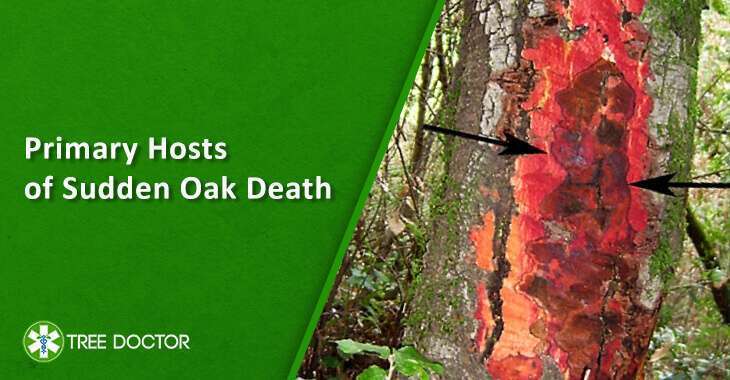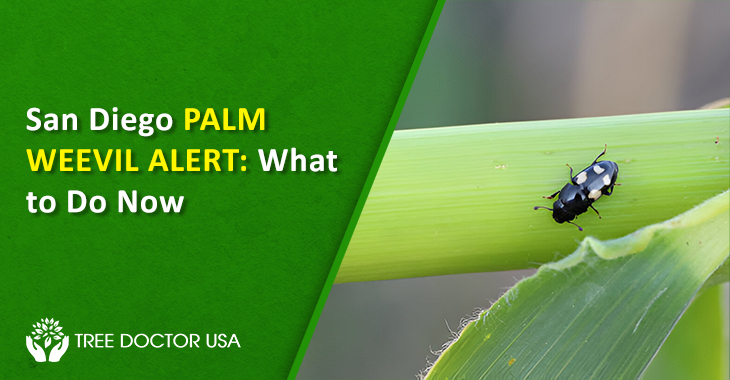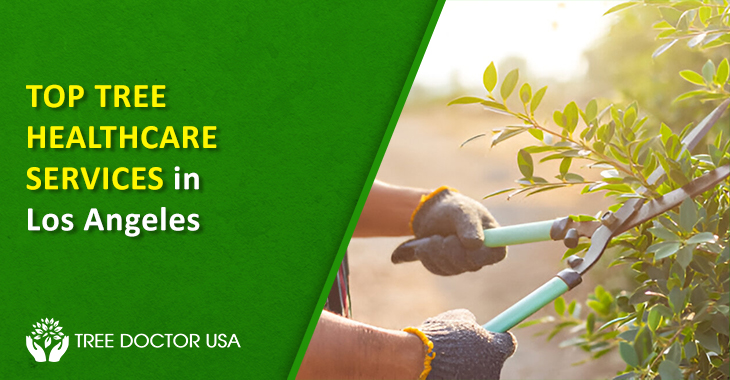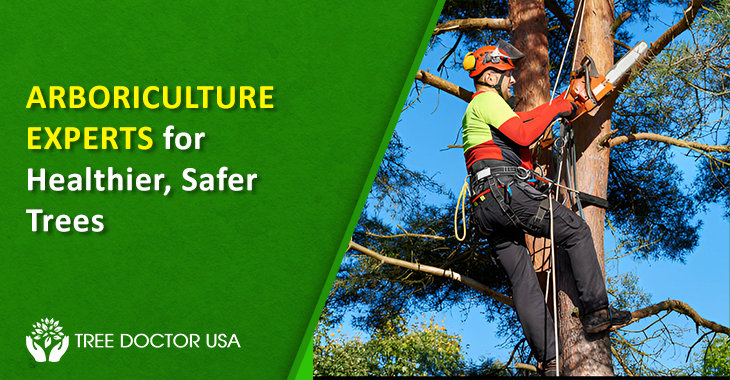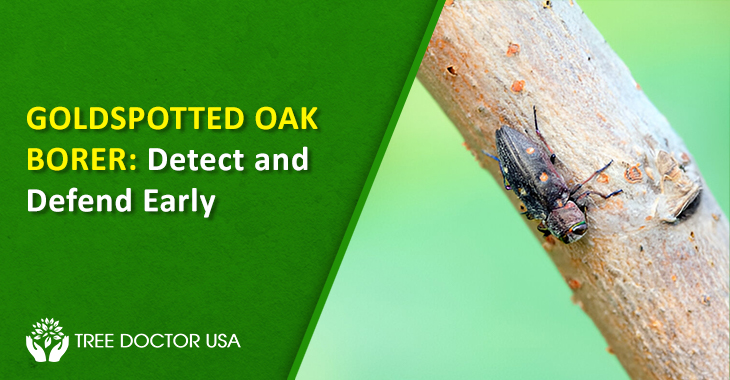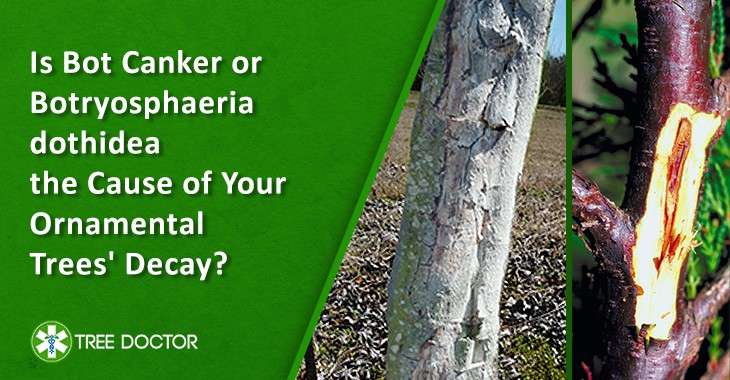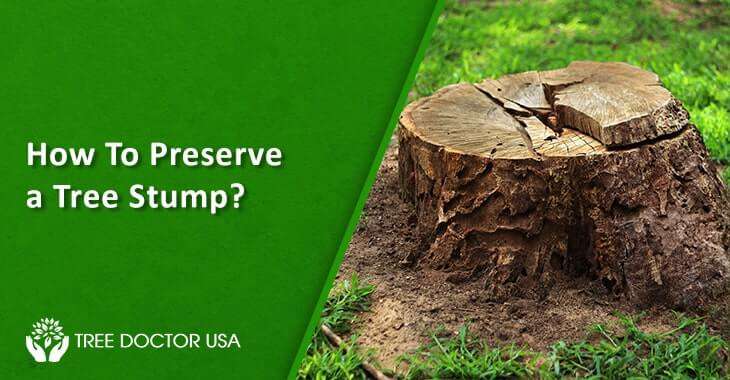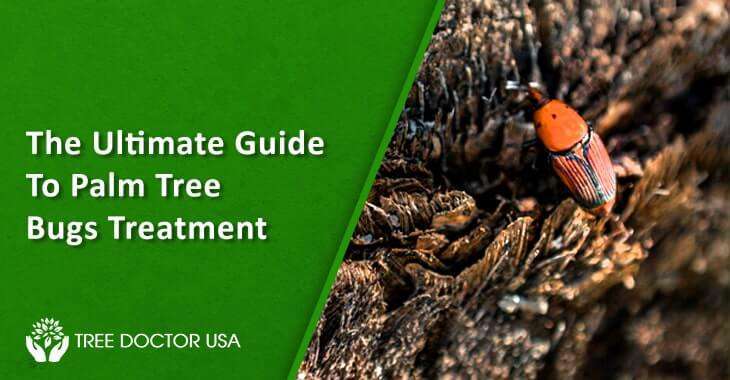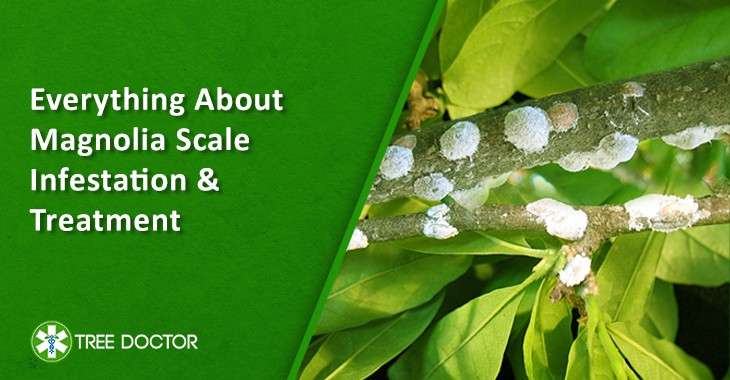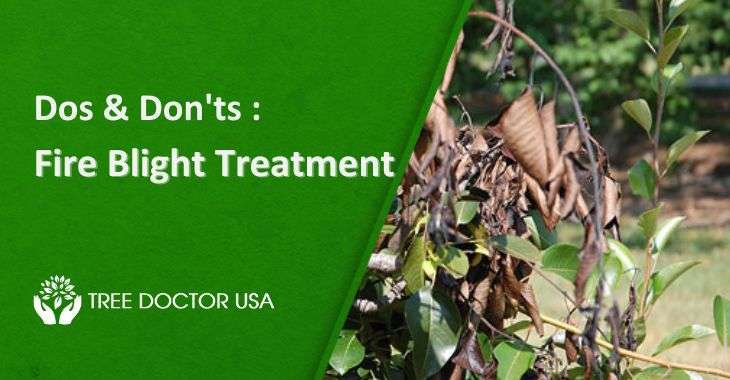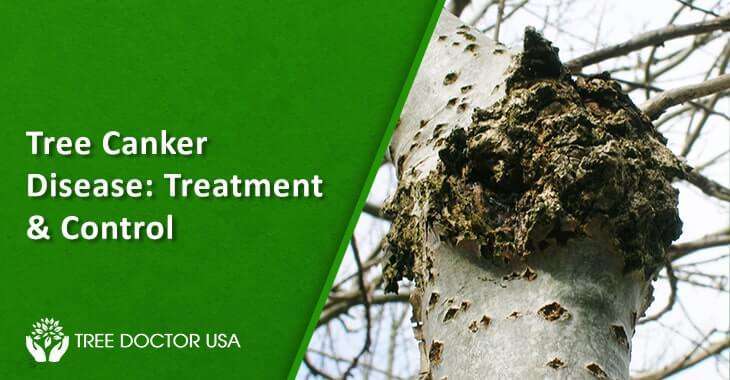Primary Hosts of Sudden Oak Death
Sudden Oak Death refers to a disease that occurs due to Phytophthora Ramorum (a plant pathogen like a fungus). This disease was first identified in the middle of the 1990s, killing some Oak species (such as coast live oak and Oak relatives). Despite causing fatal effects to the trees, the fungus produces some airborne spores, spreading fast in new environments. Hence, if you need help with sudden oak death treatment in San Diego you can contact our experts in tree healthcare.
For some regulatory purposes, hosts have been divided into two categories – ”associated hosts” and “regulated hosts.” This categorization is dependent on the testing amount to determine that the plant species works as a host for this pathogen. Besides, a few plant species are confirmed as the positive hosts of P. Ramorum. However, they are not included in the list of associated hosts or USDA hosts.
The pathogen like sudden oak death disease causes two kinds of symptoms to the host plants in San Diego. The trunk cankers or bores are observed on some oak species, showing some leaf spots. Such trunk cankers create severe damages, and often, they lead to plant death. When the P. Ramorum becomes weak, some bark beetles attack the diseased Oak plants, and it increases the rate of mortality. If the tree parts die, Annulohypoxylon Thourasianum fungi remain in tree species and will start to grow.
In California, the sporulating host of the pathogen is Umbellularia californica, commonly named as California bay laurel.
Identification Of Hosts
1. Oak Hosts
It is necessary to confirm the infections of P. Ramorum in the laboratory through using DNA analysis or culture techniques to detect the pathogen DNA. However, you can not detect this pathogen with the help of only the field symptoms. But you can find the infected trees near infected plants. Hence, when you find Oaks with major symptoms of this disease in your landscape where the experts confirm sudden oak death disease in San Diego, the plants can be considered as infected with the pathogen.
Oaks that grow farther from the infested landscape cannot further spread unless nursery stock or infected materials has been taken to this area. Based on the place of infection, the divisions of hosts of P. Ramorum are into two categories – foliar hosts and trunk hosts. Among these two types, trunk hosts like oaks and tanoaks usually get infected in bark, and it often leads to fetal effects. Other organisms attack diseased tanoak and oak trees after the weakening effects of P. Ramorum. These organisms involve bark beetles, ambrosia beetles, and sapwood decay fungus.
On the other hand, foliar hosts are Camelia, rhododendron, or California bay laurel. Though you can find a few symptoms, such as twig dieback or leaf spots in these foliar hosts, these hosts generally do not die. Despite this disease, infection of P. Ramorum on the hosts is named “Ramorum blight.”
This Oak genus can be divided into groups or subgenera -intermediate/golden, white, and red. Oaks from this white group, including blue oak, Garry oak, and valley oak, are not susceptible to this disease.
The red Oaks (Shreve’s oak, California black oak, and coast live oak) is one of the primary hosts of sudden oak death fungus in San Diego. The most useful and obvious symptom is cankering on the plant trunk. Cankers possess black or red-brown discoloration. They develop around 1 or 2 meters off the ground level, but they do not reach under the soil level. Initially, you notice bleeding sap on intact bark, and major wounds are absent. Later, when the disease becomes intensified, the bark can split.
It smells like the inside of any wine barrel but the color can be different from amber-orange to black. Only large trees, having more than around 4 inches in diameter, show symptoms of sudden oak death fungus in San Diego. Besides, infections in small saplings are quite rare. Lichens and mosses that grow on the trunk of the trees die if this sap gets in contact. If such lichens and mosses die, it can indicate that the infected trees are bleeding.
You can notice the symptoms of infection of this fungus in stems, trunks, and leaves. Leaves become drought-stressed, and they turn to dull green, purple, red, yellow due to wilting. Infected barks show signs of water-soaked, disagreeable odor, and red-brown discoloration. Additionally, the tree roots get rotten after this fungus attacks the plant.
In the red Oak species, death occurs with sudden leaf browning throughout the whole crown or slowly with leaf loss. The infection of P. Ramorum leads to dieback of shoot tips or a crook of the shepherd. After around two years of the infection of P. Ramorum, death occurs. At that time, it’s difficult to find major external symptoms, and only some intermittent oozing effects get detected.
Tanoak is one of the most susceptible hosts to P. Ramorum. All ages and sizes of tanoaks (including mature trees, saplings and seedlings) are infected and then killed. Due to sudden oak death disease attacks in San Diego, branches, trunks, leaves, leaf petioles and twigs of this plant get infected. Further, the sudden oak death fungus in San Diego reproduces or sporulates on leaves and twigs of tanoak. But due to infection of this fungus, no such symptoms of bleeding or cankers are found. Hence, sudden oak death prevention in San Diego has become difficult.
Also Read: Ways To Protect Trees From Sudden Oak Death Before Infection
2. Non-Oak hosts
A few foliar hosts support populations of this pathogen, and they facilitate to spread of the pathogen.
This is another host of P. Ramorum and causes leaf spots, specifically gray to brown leaf tips, with irregular leaf margins, outlined by a yellow halo. You will find lesions at the places where water is stored on leaves, specifically, the tips of leaves, though on plant leaves are positioned or flat sideways, spots develop anywhere on the leaves.
Death cases of Oregon myrtle due to infection of P. Ramorum go unnoticed. However, infected plants work as major reservoirs of this pathogen inoculum. Thus, this host plays a vital role in spreading sudden oak death disease in San Diego.
In these host plants, this disease takes place while the air carries the fungus and settles on any tree part. Sudden oak death prevention in San Diego is crucial because this disease kills the Oak trees as well as harms other plants.
To avoid this issue, one of the useful solutions is consulting with the experts to diagnose the severity of the disease and take possible actions to stop the spreading.
On these hosts, you can find leaf spots on rhododendrons, and lesions in the plants penetrate through tissues. Additionally, you can observe triangular-shaped spots to midvein. The places at which water gets collected on leaf surfaces, such as at the tips of leaves, near petioles, or leaf edges, you can find the spots. The appearance of water-soaked and diffuse margins is the major symptom of this disease. In some conditions, stems, twigs, even the whole plant can die.
In this host, the common symptoms are leaf spots 1/4 inch in diameter, covering around 50% of the leaves. You can find lesions on leaf edges or tips. Also, you can notice diffuse margins on thick black zones. Plants can drop the infected leaves, and lower segments of the host can defoliate. Occasionally, buds or flowers can be affected. But, cankers in small branches or tip diebacks cannot be found in Camellia species.
After you get confirmation that sudden oak death fungus in San Diego is the cause of the disease, the next step is submitting symptomatic plant materials to the laboratory to test the disease’s cause. As in most cases, failing to perform a good diagnosis can deteriorate your ability to protect your trees from sudden death.
Solutions For Sudden Oak Death Disease By Tree Doctor Usa
We follow the proper step-by-step method for sudden oak death treatment in San Diego; these steps are-
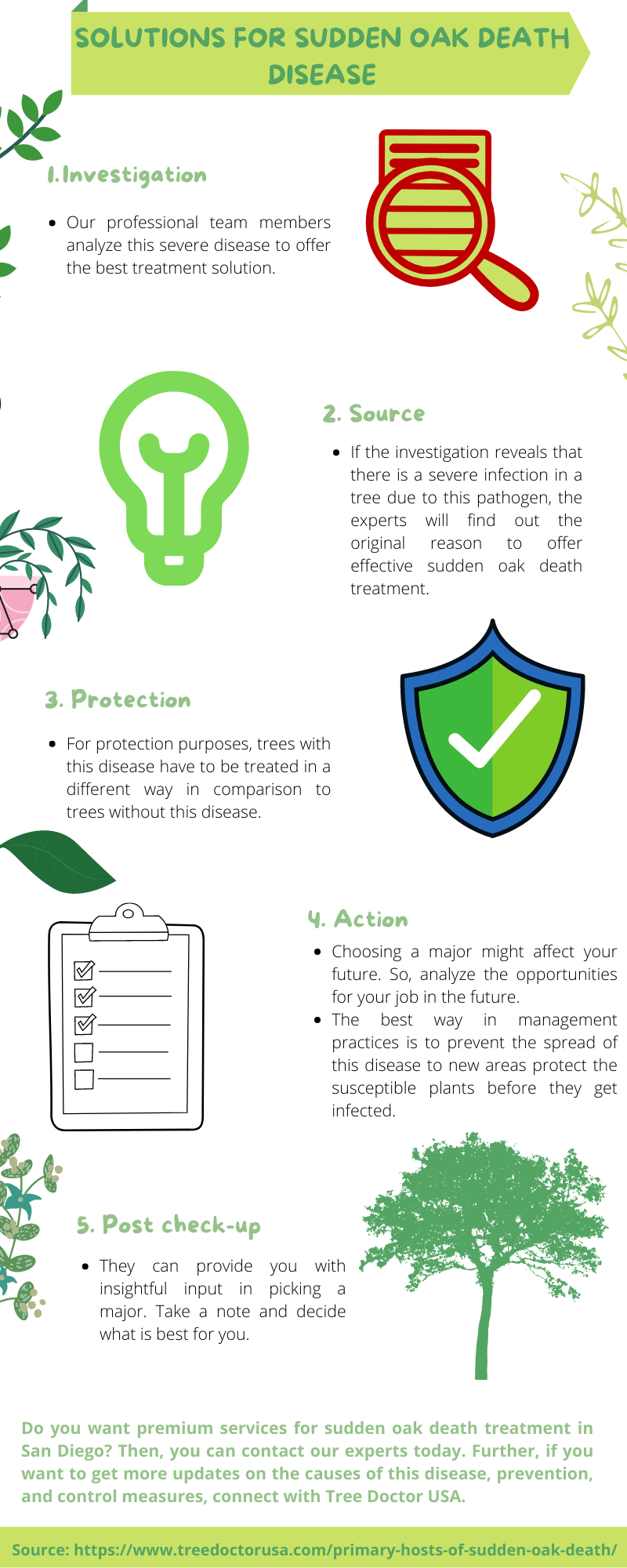
Our professional team members analyze this severe disease to offer the best treatment solution.
If the investigation reveals that there is a severe infection in a tree due to this pathogen, the experts will find out the original reason to offer effective sudden oak death treatment in San Diego. In this way, we can provide the right treatment solution to avoid this disease.
After diagnosing the source, the arborists take necessary actions to stop the further spread of this disease with the help of extensive control. We have observed that the best way to prevent the spreading of this disease is avoidance of moving plant materials within long distances, addressing the real source of the disease and avoiding traveling in the infected areas.
For protection purposes, trees with this disease have to be treated in a different way in comparison to trees without this disease. In some instances, the trees with sudden oak death disease in San Diego can stay healthier. But, according to collected data, non-oak foliar plants act as primary hosts, actually spreading this pathogen.
We have professional arborists who are trained to control this disease. However, there is no such treatment procedure to cure the diseased plants. The best way in management practices is to prevent the spread of this disease to new areas or plants and protect the susceptible plants before they get infected.
Though there is no such procedure of medication is there to control this disease, our arborists apply proper controlling measures. Sometimes, some fungicides are used that can mask the symptoms of P. ramorum so that there is no further spread of diseases.
After controlling this disease, the experts of Tree Doctor USA revisit the trees for the purpose of post-treatment inspection. This post check-up procedure assures that there is no such side effect after medication or treatment procedures. This method facilitates avoiding post-treatment problems.
Benefits You Can Get With Our Procedures Of Sudden Oak Death Treatment In San Diego
- Our experienced arborists provide step-by-step treatment and care to Oak trees. So, the trees can recover from the diseased state in a faster way.
- With the help of our treatment protocols, sudden oak death disease in San Diego can be removed from your landscape completely.
- Our treatment procedures can save the life of other plants as well as trees from this disease.
- Trees need multiple years to grow again after the attack of this disease. We can assure you that the trees can get healthy again.
- A shrub or tree from this disease is going to be loved by everyone.
Do you want premium services for sudden oak death treatment in San Diego? Then, you can contact our experts today. Further, if you want to get more updates on the causes of this disease, prevention, and control measures, connect with Tree Doctor USA.

